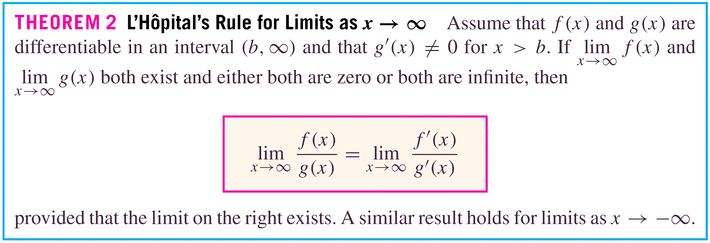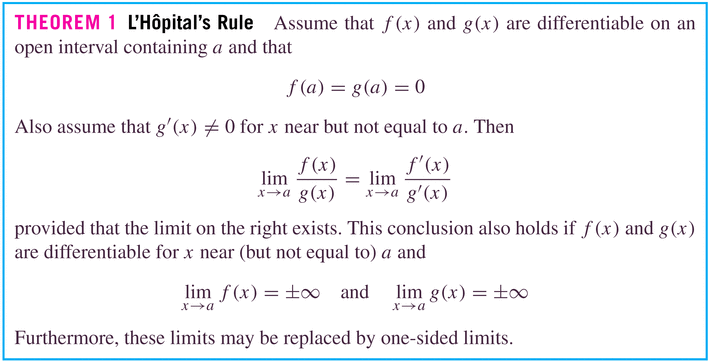- Homework assignment 7.3 returned
- #19 -- don't forget
(many of you made an illegal step, because you forgot the caution in properties of logs....
- #47 -- Almost everyone got this right! Tangent line is one of the most important animals in calculus -- are you relying on the back of the book, or the back of your hand?
- #85 -- two options for u ....
- Question 3 (don't forget the questions!) -- use the mirror.
- #19 -- don't forget
- Assignment 7.4 due today
- In financial mathematics (e.g. compound interest problems, subject
of section 7.5, which we're not covering!), we tend to use an unusual
base for an exponential:
- You may have encountered a few laws such as The rule of 72 (70, 71,
69.3,...) to calculate doubling time: forget them! Just do the
math: the question is
For what value of t is ?
Solving t is
for t, we get
where n is the number of compoundings per year, and r is given as a decimal (e.g. 9% is represented by .09). This is the doubling time.
When compounding is continuous (i.e.
), this reduces to the very lovely rule
- Now, how do we know that
?
?
The answer, of course, is L'Hopital's Rule, which is useful in solving certain indeterminate limits:

Let's rewrite it a little: we want to show that
- Here's the general situation:

- And if the limit of the quotient of the derivatives is
indeterminate, then iterate -- that is, do it again! Then work with the
ratio of the second (or higher) derivatives.
- Examples:
- Demonstration that
where
)
- #2, p. 390
- #6, p. 390
- #20, p. 390
- #42, p. 390
- A better proof of the fact that

(take logs! Better than induction....)
- Proof of L'Hopital's Rule (requires the limit definition of the derivative)
- Demonstration that
- For example, the sine function has inverse function
arcsin (note the bad notation below -- don't be confused! But our notation in mathematics is sometimes "context sensitive"):

and cosine function has inverse function arccos:

- Arctan and arccot are also sometimes useful:

- Derivatives: They're computed in the usual "sneaky" inverse function way:

Exercise 49, p. 398


- Examples:
- #50, p. 398
- #85, p. 399
- Optimal Positioning of Fixed Solar Panels